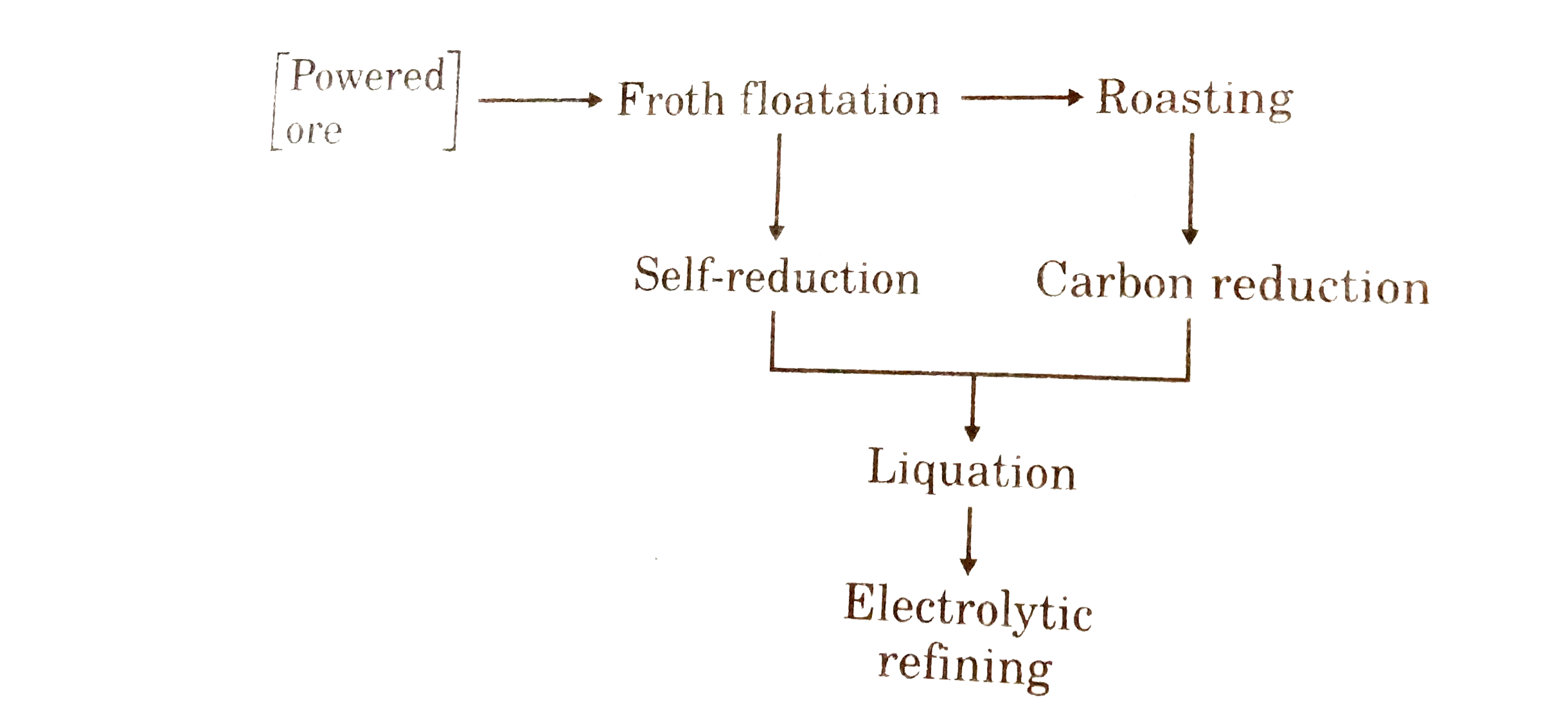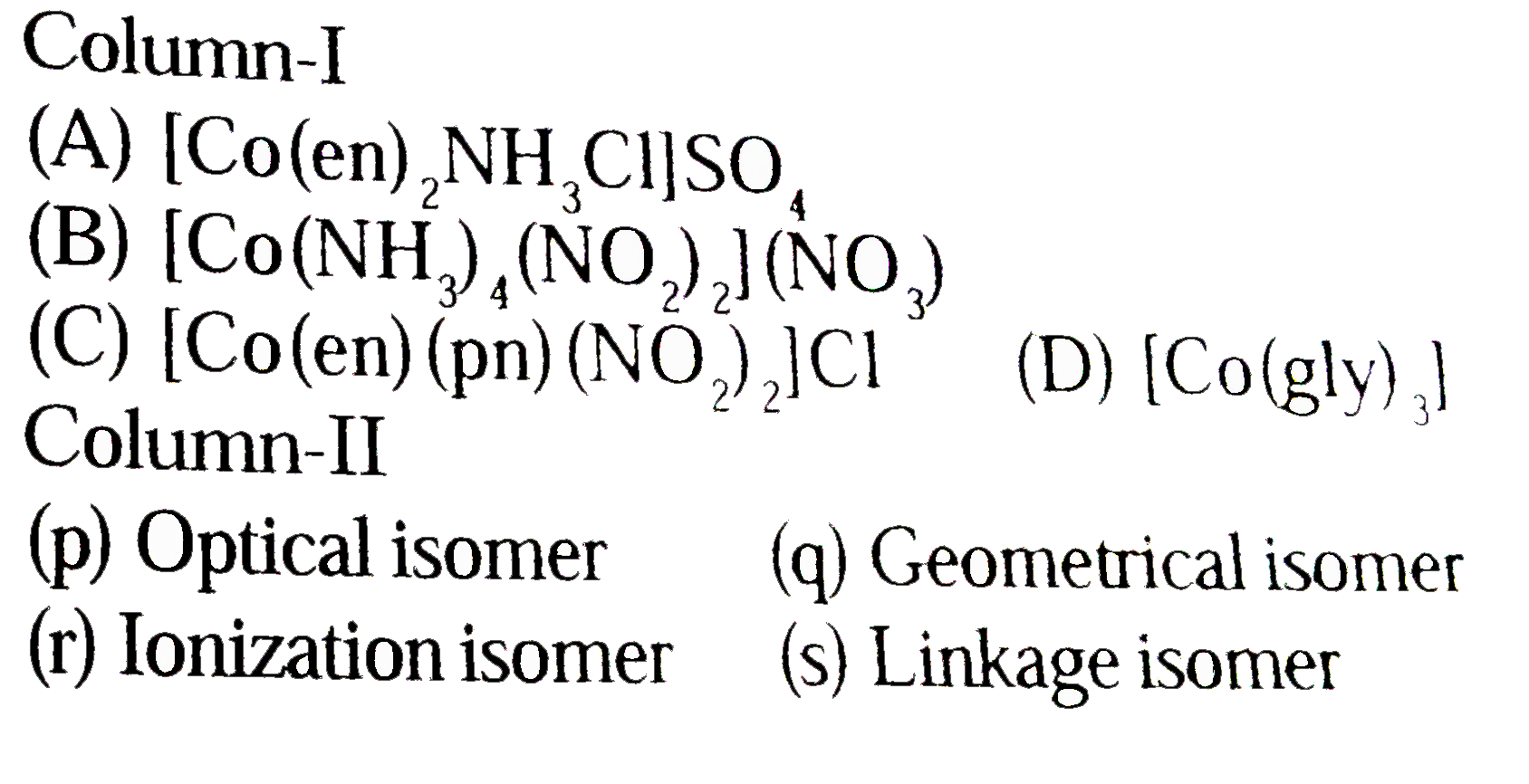Select correct option (s).
A

both shows geometrical isomers
B

is always optically inactive
C
All geometrical isomers are diasteroisomer of each other
D

is optically active
Video Solution
Text Solution
The correct Answer is:d
|
Answer
Step by step video, text & image solution for Select correct option (s). by Chemistry experts to help you in doubts & scoring excellent marks in Class 11 exams.
Updated on:21/07/2023Topper's Solved these Questions
- ISOMERISMBook:GRB PUBLICATIONChapter:ISOMERISMExercise:COMPREHENSION TYPE
Explore 25 Videos
- ISOMERISMBook:GRB PUBLICATIONChapter:ISOMERISMExercise:MATCH THE COLUMN TYPE
Explore 22 Videos
- ISOMERISMBook:GRB PUBLICATIONChapter:ISOMERISMExercise:REASONING TYPE
Explore 24 Videos
- GASEOUS STATEBook:GRB PUBLICATIONChapter:GASEOUS STATEExercise:Exercise
Explore 530 Videos
- MOLE CONCEPT, STOICHIOMETRY & CONCENTRATION TERMSBook:GRB PUBLICATIONChapter:MOLE CONCEPT, STOICHIOMETRY & CONCENTRATION TERMSExercise:Subjective type
Explore 145 Videos
Similar Questions
Knowledge Check
Select the correct option(s)
 APressure in container-I is 3 atm before opening the valve.BPressure after opening the valve is 3.57 atm.CMoles in each compartment are same after opening the valve.DPressure in each compartment are same after opening the valve.
APressure in container-I is 3 atm before opening the valve.BPressure after opening the valve is 3.57 atm.CMoles in each compartment are same after opening the valve.DPressure in each compartment are same after opening the valve.
Select the correct option(s).AThe flow chart represents extraction of Pb from PbS.BConcentration of ore involves use of NaCN as depresant.CMetal obatined conatins Ag as one of the impurities which is removed by Parke's process.DImpure metal is very soft.Select the correct option(s).
AQ=nCvdt is applicable to all substance during heating/cooling at constant volumeBγ=53 for monomatomic ideal gas, at any temperatureCdU=nCvdT is applicable for real gas at constant volumeDmolar heat capacity , pressure and temperature are intensive properties
Select the correct option ( s) :

View SolutionSelect the correct option(s).
View SolutionSelect the correct option(s) for an ideal gas.
View SolutionA particle is moving in a straight line . Select the correct option (s).
View SolutionFor any reaction ,
A+B→C+D
Rate law obtained is Rate=k[A][B]
Select the correct option(s).
View Solution


